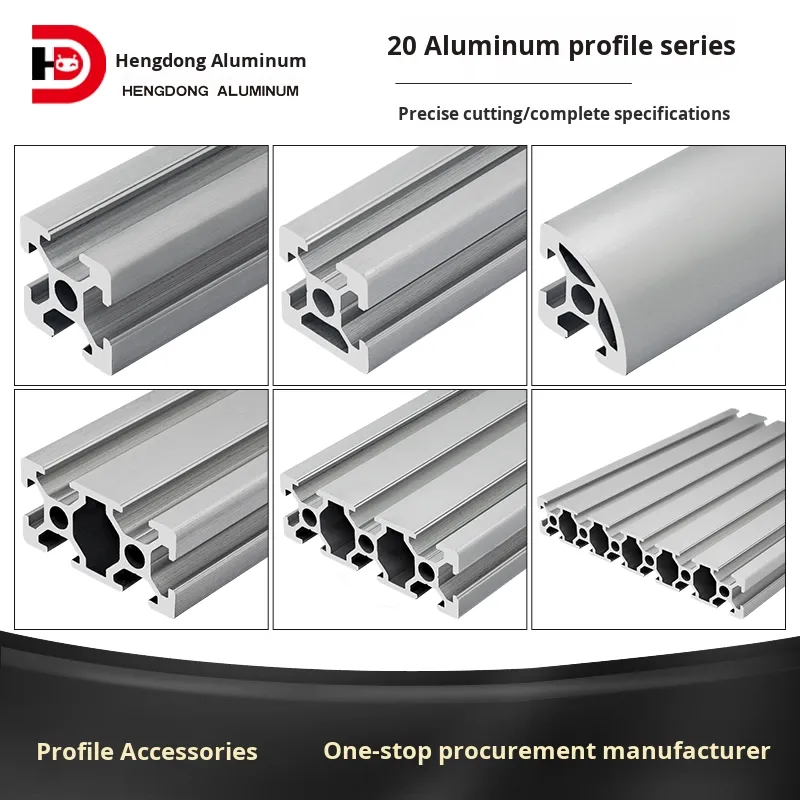
Aluminum processing equipment had some major breakthroughs in 2020 thanks to improvements in both engineering techniques and materials research. The high pressure die systems now hit around plus or minus 0.05 mm accuracy, which makes it possible to create those intricate shapes needed for things like airplane parts and battery frames in electric cars. Manufacturers started implementing hyperspectral imaging technology that spots defects as they happen during production, cutting down on waste by about 18% from what was seen in 2019. Another big change came with modular extrusion presses featuring tooling that swaps out quickly, saving roughly 40% on setup time. Plus, companies adopted more efficient induction heating methods that actually reduce electricity usage by approximately 22% for every ton of aluminum processed. These changes aren't just numbers on paper they represent real cost savings and better quality control across the board.
The manufacturing sector saw a real boost in automation lately, with around three out of four extrusion plants now using closed loop control systems to keep temperatures and pressures just right during processing. For those who work with metal shaping, digital twins have become pretty common these days. These virtual models let engineers test how billets will behave before actual production starts, which cuts down on trial and error for die designs by roughly three times compared to older methods. A study from the Ponemon Institute back in 2020 showed something interesting too - when factories implemented IoT based predictive maintenance systems, they managed to cut unexpected shutdowns by about a third. Meanwhile cloud tracking systems have almost eliminated those pesky data entry mistakes that used to plague operations (down to just 11% occurrence). And don't forget AI's role in picking the best alloys for different jobs. This smart approach has boosted material efficiency anywhere from 15% to 20% specifically in car parts manufacturing and building materials production.
The wave of technological advances we saw back in 2020 is expected to push global demand for extruded products at a healthy clip of about 7.15% year over year from 2024 through 2032. Much of this growth stems from how companies are integrating Industry 4.0 technologies like predictive maintenance systems and those fancy real time monitoring tools that keep operations running smoothly. Car makers and builders have really taken notice too, especially across Europe and North America regions where environmental rules are getting tougher all the time. They're turning toward those super precise aluminum profiles because they just make sense for cutting down waste. According to an industry report released in 2025, nearly 4 out of every 10 manufacturing improvements made recently involved some form of automated extrusion process. And let's not forget the bottom line impact either these changes typically save manufacturers between 14% and almost 20% each year on production expenses alone.
After 2020, investment in extrusion plants across Asia-Pacific and Africa jumped by around 22%, largely driven by demand for lighter materials in solar panel manufacturing and vehicle production. Countries such as Vietnam and Nigeria saw their local supply networks cut down waiting periods by roughly 30% thanks to better logistics coordination. At the same time, companies started using more recycled aluminum, with consumption climbing nearly 45% from 2020 through 2023. Manufacturers responded to growing needs by installing modular extrusion setups that could be expanded as required. Some factories also implemented new cooling methods which helped push output up about 18% even when temperatures soared during peak production seasons.